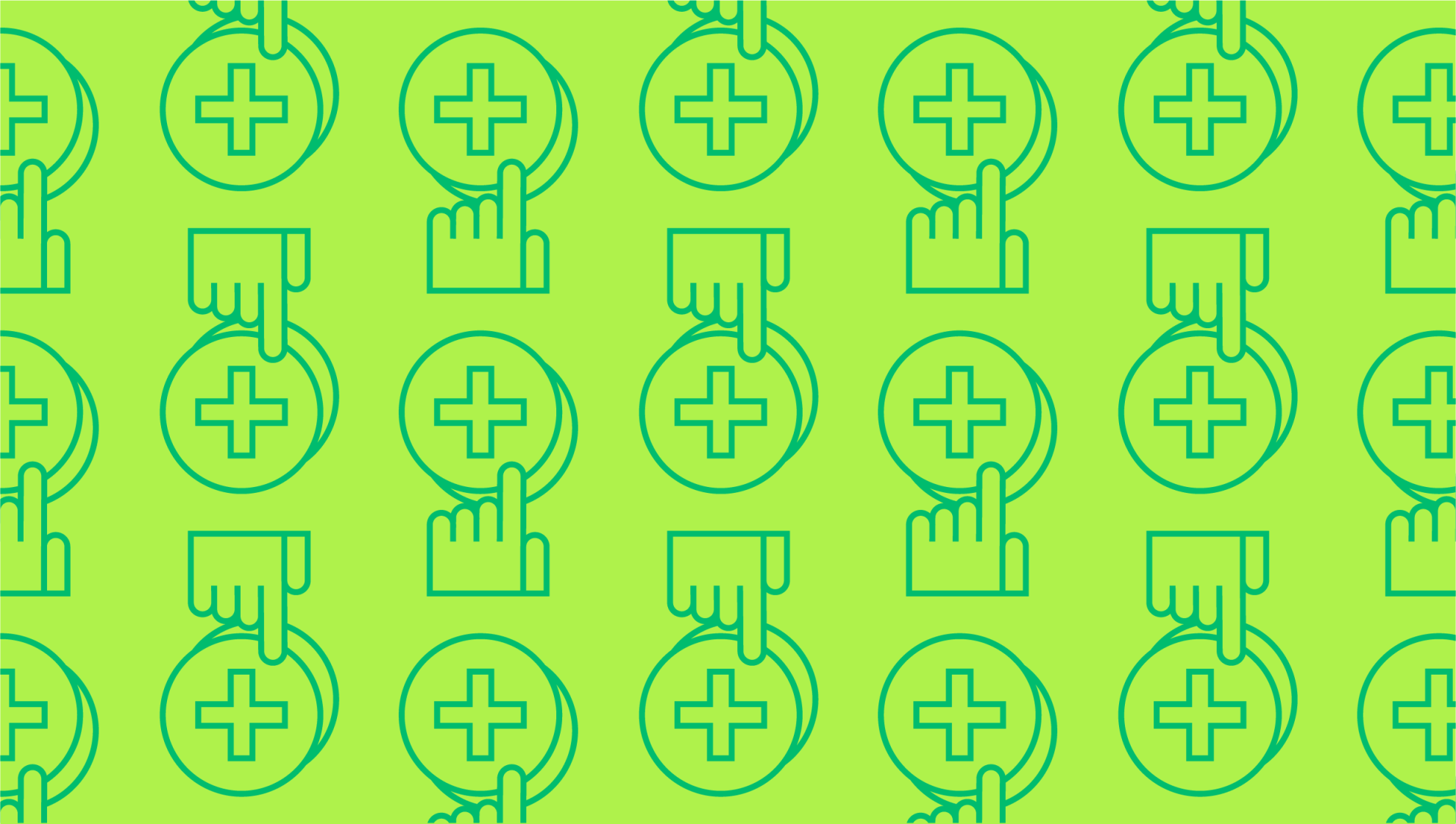
What is a PFM app? Your financial best friend
Last editedMay 20232 min read
In the world of finance, PFM (Personal Finance Management), is an acronym usually referring to a piece of software developed to help users manage their personal finances, and usually manifests itself in the form of an app.
The majority of these PFM apps are standalone tools that provide features to help users manage personal or business finances, although more and more banks are integrating PFM apps in their ecosystem.
In between the numerous ways a PFM app can be used, we can highlight the tracking of income/expenses and saving plans as the main ones. Budget planners or expense trackers can be extremely useful tools for someone who wants to record how they spend their money or cut down on spending sprees.
Thanks to these apps, it’s now something that is available to anyone, since there is a great variety of PFM apps that strive to focus on specific features for each user-case scenario.
How do PFM apps work?
Personal Finance Management (PFM) apps quickly got nicknamed “money management apps”, or “budgeting apps” because that’s what most of them do better, even though they can help users with much more.
People use PFM apps for a variety of reasons, including:
Get an overall view of their financial situation
Create and track budgets
Monitor spending and track investments
Pay bills and track expenses
Stay organized with their finances
When it comes to how they work, PFM apps usually share core functionalities. They connect to user’s bank accounts and other financial platforms (such as investment accounts), tracking all the transactions, and presenting information in a way that makes it easy for users to understand their overall financial picture.
What are the benefits of using a PFM app?
By now, you should have a good understanding about how a PFM app can be beneficial to your day-to-day finance management, but let's recap the main gains these applications can bring to your life.
The first benefit that you will be able to experience from the start is the ability to see all of your accounts in one place. You can say goodbye to opening multiple apps and accessing numerous platforms to keep track of your finances, since everything will be shown in your PFM app.
Another benefit is that most apps allow you to set up notifications for a great variety of events, such as balance level alerts, budget goals, or when a new bill payment is due. Moreover, PFM apps usually come with built-in calculators (features may vary) that help you figure out how much money you will need to put aside for specific budget goals.
Lastly, but still crucial, standard PFM apps are typically very user-friendly and easy to use, making them accessible to people that are not financially or tech-savvy.
What are the features of a good PFM app?
The best personal finance management (PFM) apps offer features that allow users to track:
Expenses
Income
Debt
Net worth
In addition, a good PFM app should offer budgeting and goal-setting tools, as well as the ability to connect with other financial institutions so that users can view all their accounts through a single simple interface.
Some of the best options available also offer features that help users make better financial decisions. For example, they might provide access to real-time stock prices or information about interest rates.
Probably, a feature that is still not being built-in often is the support for cryptocurrency exchanges inside a PFM app, which nowadays could be a big breakthrough for this category.
Why you should use a PFM app
If you're like most people, your financial life is a bit of a mess. You have multiple bank accounts, investment accounts, and credit cards. It's hard to keep track of it all – especially when you're trying to budget and save for the future.
That's where a personal finance manager (PFM) app comes in, giving you all the tools you need to keep your finances in check, from your income to your investments in Tesla stocks. With a good PFM app, you’ll be able to keep track of the past, control the present, and plan for the future.

